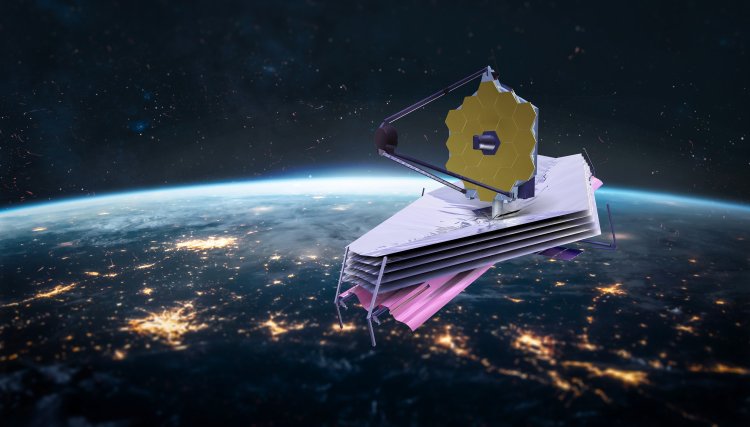Telescope - JAMES WEBB'S FIRST YEAR
DO YOU KNOW HOW MUCH SSD THE MOST POWERFUL SPACE TELESCOPE HAS?

We were following the life path of the most advanced space telescope, James Webb, with interest even months before it was launched into orbit, and when it was successfully completed last Christmas, we were just as eagerly awaiting its first scientific results. Webb has sent back interesting and never-before-seen sights from deep space and photographs that will deepen our understanding of astronomy for years to come.
The James Webb Space Telescope is 1.5 million miles from Earth, roughly 3,000 times further than its predecessor, Hubble, and can generate up to 57 gigabytes of data every day using its instruments (Hubble measures 2 gigabytes, which is for technology from the beginning in the 1990s quite impressive).
The greatest amount of data is not generated every day, and not all instruments are operational at all times, yet tens of terabytes of data must still be transmitted to Earth. Webb stores the acquired data on an SSD, Solid State Recorder, with a capacity of 68 gigabytes, 65 of which are allocated for research data. The remainder is accounted for by engineering data and telemetry.
Once stored, the data must be transmitted to Earth through two antennas (a K a -band antenna with a diameter of 60 cm and an S-band antenna with a diameter of 20 cm). They are picked up by NASA's Deep Space Network system, which has antennae in Australia, the United States, and Spain and a maximum throughput of 3.5 MB/s. Data is not always sent, nor is the transmission speed constant; it all relies on the position of the telescope and antennas, among other things.
In practice, it appears as follows. While the scientific equipment is not observing, the telescope's antenna can shift orientation and target Earth-based receivers. Because vibrations could harm scientific data, rotating the antennas is disallowed during astronomical surveys. As a result, it can be done every 2 hours and 42 minutes. Data transmission occurs after the antennas are properly aligned and last 4 hours.
A total of at least 28.6 GB of data is broadcast to Earth in two such transmissions every day, separated by around 12 hours. As a result, the SSD's capacity is slightly greater than 60 GB, in order to give at least a 24-hour buffer for data storage before transmitting, in the event that a "window" for sending data is missed for whatever reason. However, we can observe that data does not stay in space for long and is promptly transmitted to data centers on Earth. Experts believe that radiation will reduce Webb's storage capacity to 60 GB within ten years.
When it comes to wireless data transfer over such a vast distance, and with all of the issues that operating equipment in space involves, NASA had to create a system that could withstand any challenge. The microwave frequency range is the K a -band frequency range, with a frequency of 25.9 GHz. Webb's waves can send 28 megabits per second and are the primary line of communication between the telescope and Earth. It is used to convey photographs that we all like seeing as well as the majority of scientific data.
The second channel, at 2.27 GHz, transmits just 40 kilobits per second. This channel is used to send engineering data, such as the telescope's and its instruments' operating status, system health, and so on. The third channel, at 2.09 GHz, is also S-band and travels in the other way, from Earth to the telescope. That uplink, with a capacity of 16 kilobits per second, is used to send instructions to the telescope, directing its mirrors toward the intended targets and managing all of its systems.
Post by Bryan C.





























